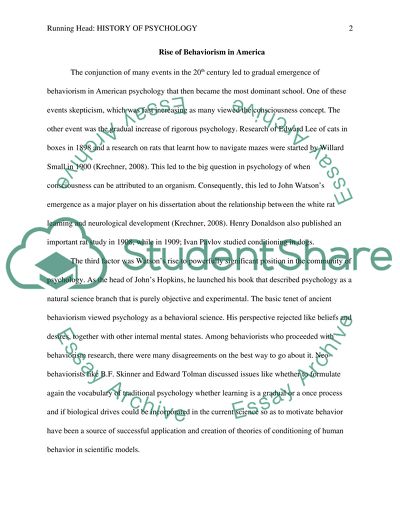Cite this document
(“Psychological Perspectives of Behavior Term Paper”, n.d.)
Retrieved from https://studentshare.org/psychology/1424952-psychology-history
Retrieved from https://studentshare.org/psychology/1424952-psychology-history
(Psychological Perspectives of Behavior Term Paper)
https://studentshare.org/psychology/1424952-psychology-history.
https://studentshare.org/psychology/1424952-psychology-history.
“Psychological Perspectives of Behavior Term Paper”, n.d. https://studentshare.org/psychology/1424952-psychology-history.


